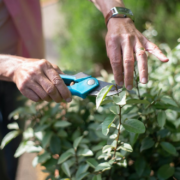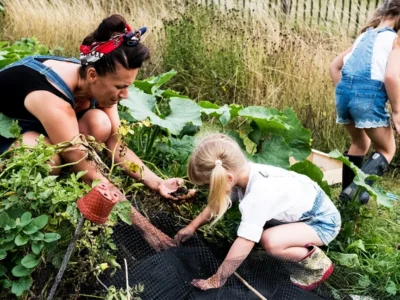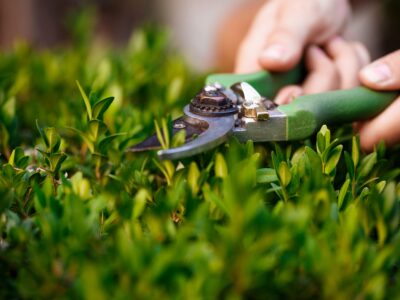Climate change is making dry seasons harder to bear. According to National Centers for Environmental Information (NCEI), roughly 46 percent of the US was affected by moderate to extreme drought in September 2022.
This situation can be problematic if you live in a dry zone and plan to maintain a luscious garden. One solution is to have drought-tolerant plants.
Drought-tolerant plants don’t need water. You don’t have to worry about watering them when you run into water supply issues.
Additionally, these plants are often disease and pest-resistant. They are also low maintenance and great for elevating your surroundings.
Here are the types of drought-tolerant plants you can grow at your home.
Drought-Tolerant Plants
Xeriscaping means building a garden that doesn’t prioritize irrigation. Plants need little to no water to survive. It’s a popular gardening method in the dry regions of the US for its environmental and financial benefits.
Here are nice drought-tolerant plants to have in your garden.
Herbs
Herbs are versatile plants with various uses. They are commonly used as food flavorings, natural medicines, and aromatic ingredients. On top of these benefits, they are easy to grow in dry areas.
When you need herbs for cooking, you can cut them whenever you want. There’s no need to worry about them dying when left too long. At the same time, you will have them freshly available every time. You can experiment with flavors that would add variety to your dishes.
Since you’re growing your herbs, you can spend on something other than buying fresh herbs from the market.
Herbs can make your home alive by bringing colors to it. They have appealing shapes and textures and pleasant scents. They also don’t take up space in your home.
A few examples of drought-tolerant herbs are oreganos, basil, tarragons, yarrows, lavenders, sages, rosemary, and thymes.
Cacti and Succulents
Succulents are plants that can preserve water in their leaves. Their leaves are usually plump and thick. Cacti are also succulents, but only some succulents can be called cacti.
These hardy plants can brighten, purify the air, improve humidity, and add fresh oxygen to your home. Exposure to these plants helps improve focus, strengthen pain tolerance, and boost memory retention.
If you pay attention to aesthetics, succulents are great for attractive arrangements that elevate your home’s look.
Some examples of succulents you can grow are agaves, echeverias, aeoniums, crassulas, and sedums.
Ornamental Grasses
Ornamental grasses are plants that serve as landscape designs that can last for two or more years.
Including ornamental grasses in your garden will help control erosion since their deep roots stabilize steep slopes.
These grasses can also serve as a privacy fence while adding height and depth to the landscape.
These xeriscape plants don’t require many pesticides and fertilizers. You can grow blue fescues, Mexican feather grass, Japanese forest grass, zebra grass, and bamboo.
How to Take Care of Your Drought-Tolerant Plants
Although drought-tolerant plants are low maintenance, they still need proper care. Here are the essential tips to keep them thriving.
Plan Your Garden
Keep your garden small. Start with native plants because they are already acclimated to the heat in your area.
Cut back on mowing sessions. Tall grasses provide soil shade that minimizes water loss. Before planting, you can add mulch or organic matter to moisten the soil. Improve its texture by using grass clippings.
Change Watering Methods
When watering your plants, use a drip or soaker hose. Limit deep watering to only a few days if you use automatic sprinklers. Remember to always do it early in the morning.
Dry Garden is Possible With Drought-Tolerant Plants
Living in dry areas doesn’t have to discourage you since your front yard can have drought-tolerant plants. You can incorporate sun-loving flowers and tall outdoor plants listed here. These drought-tolerant greens are perfect for the sunny weather and are rich in benefits that will liven up your life.










Comments